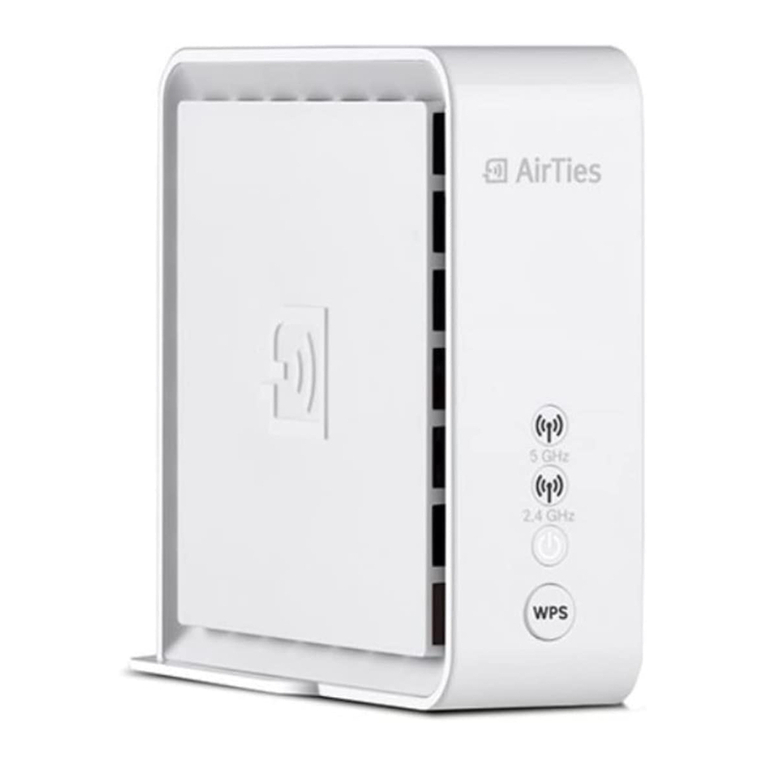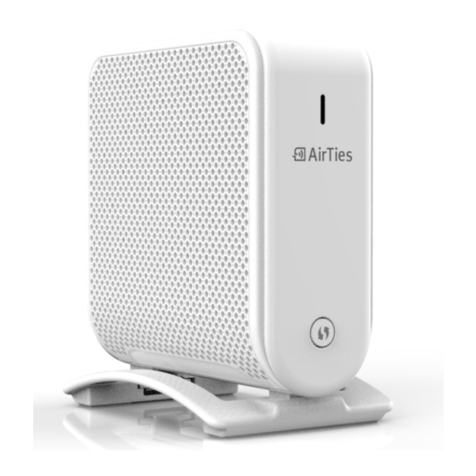1.1. Main Features
AirTies WAV 180 Wireless ADSL2+ VoIP Modem has the following features:
All in one solution: ADSL2+ Router, VoIP Gateway with PSTN backup, 802.11b/g 54Mbps
Wireless Access Point, 4 port Ethernet Switch and Firewall
Router: ADSL2+ Router (24Mbps download/ 4Mbps upload) optimized for your local ADSL
service provider; DHCP server, NAT, NAPT, RIPv1/v2 specified, VPN pass through
Firewall: Advanced anti DoS SPI Firewall; URL, IP and MAC address based filtering, DMZ
High speed wireless with 802.11g: 54Mbps wireless access point backward compatible with
11Mbps 802.11b.
Wireless range and AirTies Mesh Technology: Ranges of up to 400 meters outdoors and 100
meters indoors standard. Extendible with AirTies Mesh Network technology using additional
wireless access point devices such as AirTies AP 300.
Wireless security: WPA, WPA2 AES, 64/128 bit WEP and 802.1x standards
Wired device support: You can also connect any wired device to your local network via the
10/100Mbps Ethernet or USB 1.1 slave port
VoIP Gateway: with 2 FXS and 1 FXO port supporting SIP protocol (RFC 3261/3264)
High Voice Quality : With the full duplex QoS feature
ADSL Usage Monitor: Especially useful for limited quota ADSL subscribers. Reports monthly
total download and upload amounts and current download rate.
Robust against voltage fluctuations: Specially designed to withstand wide voltage fluctuations
Easy setup and management: Universal Plug and Play (UPnP), Easy Setup CD (with animated
instructions), user friendly ADSL Utility Program and User Manual
Easy Update: Firmware (software) upgrade via the Advanced Settings Web interface.
Remote Management: SNMP based remote inspection and management
24x7 technical support by a highly trained AirTies support team and backed up by the AirTies
R&D team
3 year extended warranty
1.2. Minimum System equirements
ADSL service on your phone line must be activated and working properly (ADSL speeds of
512K or more recommended for VoIP),
For wired use: a computer with an Ethernet adapter that supports TCP/IP,
For wireless use: 802.11b or 802.11g wireless adapter or a computer with wireless capabilities,
Any version of Windows or Unix, Linux, Mac operating systems,
For the AirTies Utility Program: Windows 98/ME/2000/2003 or XP operating system
5AirTies WAV 180 User Manual

































